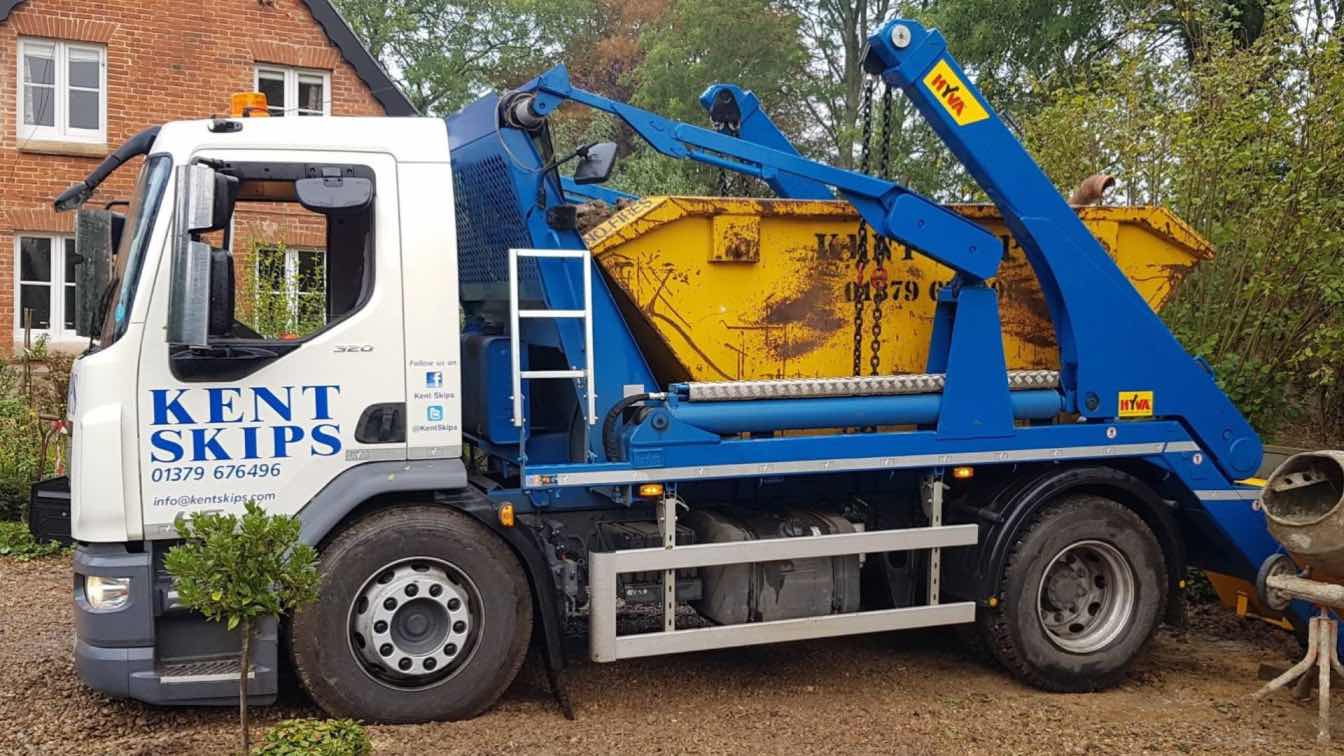Creating the perfect wellness space means balancing comfort and performance. You need materials that look good, last long, and function well. Whether you're building a luxury spa or a home oasis, making smart choices can elevate your design.
Let's explore some top material picks for high-performance wellness spaces. We’ll cover everything from durability to eco-friendliness.
Thermal Efficiency in Wellness Spaces: Best Practices
Thermal efficiency in your wellness space isn't just about comfort. It's essential for energy savings and maintaining a consistent environment. Insulated walls, floors, and ceilings help retain heat effectively. Double-glazed windows further enhance insulation.
Perhaps try integrating materials like cork or bamboo; they offer natural insulation while being eco-friendly. Underfloor heating systems distribute warmth evenly without creating hot spots.
You could also explore radiant heat panels as an effective solution. They are easy to install and can be controlled via smart thermostats for added convenience.
Innovations in Anti-Microbial Surfaces for High-Traffic Areas
Keeping wellness spaces clean and hygienic is essential. Using anti-microbial surfaces not only reduces the spread of bacteria but also helps prevent mold and other moisture-loving organisms from thriving.
Copper - Copper, known for its natural germ-killing properties, works wonders in high-touch areas like door handles, faucets, and railings. It doesn't just inhibit microbial growth; it actively kills a wide range of pathogens on contact. This makes copper an ideal choice for spa settings where cleanliness is paramount.
Quartz Countertops - Quartz countertops stand out because they are easy to clean and naturally non-porous. Unlike some other materials that might harbor bacteria in tiny cracks or crevices, quartz provides a smooth surface that's resistant to microbes. You can maintain both aesthetic appeal and hygiene without constant maintenance worries.
Antimicrobial Coatings - You could consider applying anti-microbial coatings to various surfaces such as door handles and light switches. These coatings create an inhospitable environment for germs without altering the appearance or functionality of the items they're applied to. It's a simple yet effective way to enhance the sanitary conditions of your wellness space.
UV-C Light Fixtures - Integrating UV-C light fixtures into environmental control systems or using them as standalone units effectively kills airborne pathogens. These lights emit ultraviolet rays that disrupt the DNA of microorganisms, rendering them harmless within seconds.
Maintaining sanitary surfaces is vital, and it’s also important to ensure your spa heater parts are properly functioning as well. This is especially true in areas with high moisture levels to keep everything comfortable, sanitary, and pristine.
Selecting Durable Materials for Long-Lasting Wellness Spaces
Choosing durable materials ensures your wellness space stands the test of time. Consider using porcelain tiles for flooring; they resist wear and tear, moisture, and stains. Opt for marine-grade plywood in areas prone to dampness - it’s built to withstand humidity.
Stainless steel fixtures provide robustness without sacrificing style. Incorporate high-quality paints with mold-resistant properties on walls and ceilings to keep everything looking fresh longer.
Eco-Friendly Options: Green Materials for a Sustainable Spa
Going green isn't just a trend; it’s smart design. Bamboo flooring offers both durability and sustainability since bamboo regenerates quickly.
Recycled glass tiles bring color while reducing waste sent to landfills. For insulation, consider sheep wool or recycled denim - both natural and efficient options.
When thinking about energy-efficient elements, installing spa heater parts designed for minimal energy consumption is worth the investment. Likewise, incorporating low-VOC paints reduces indoor air pollution, making your space healthier overall.
Sustainable Practices: Sourcing Local and Ethical Materials
Sourcing local and ethical materials reduces your carbon footprint and supports the community. Look for suppliers who provide sustainably harvested wood or locally quarried stone. Choosing these materials cuts down on transportation emissions and ensures better environmental practices.
Consider textiles made from organic cotton or hemp, which require fewer chemicals to produce. Partner with manufacturers who follow fair labor practices, ensuring that everyone in the supply chain benefits from your wellness project.
Innovations in Soundproofing Wellness Spaces
Soundproofing enhances the tranquility of your wellness space. Acoustic panels made from recycled materials can absorb sound while being eco-friendly. Consider installing double-layered drywall with resilient channels to minimize noise transmission between rooms.
You might also explore sound-dampening floor underlays, which reduce footfall noise and add comfort. These innovations create a serene environment for relaxation and healing.
One often overlooked aspect in the design of wellness spaces is the selection of audio equipment. Creating a peaceful environment requires not just visual harmony but also auditory comfort. To enhance your clients' relaxation without disrupting the aesthetic of the space, it is crucial to consider both sound quality and design when you find your perfect speaker.
Looking to the Future of Wellness Design
The future of wellness design blends sustainability, technology, and aesthetics. By selecting the right materials - from eco-friendly options to soundproof innovations - you create spaces that are not only beautiful but also functional and responsible. Stay ahead by integrating these practices into your next project for enduring success.





